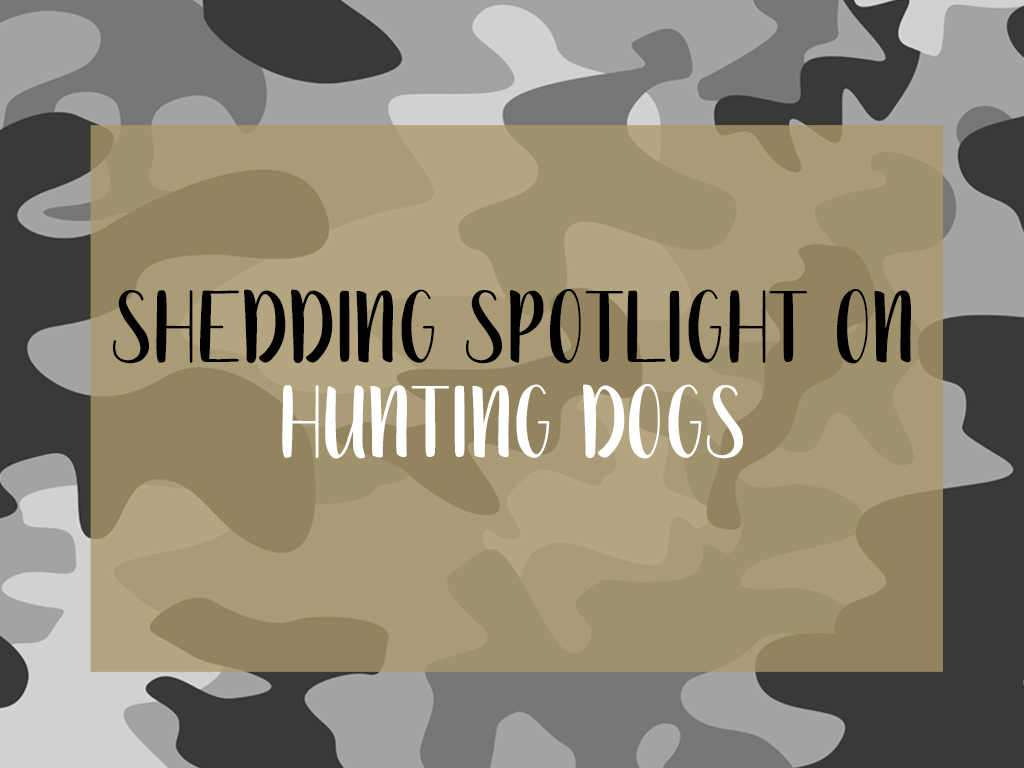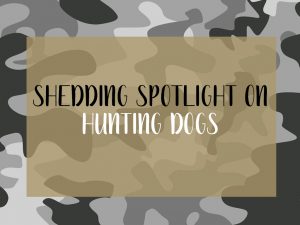Volunteering is a rewarding experience for both participants and institutions. Animal shelters in particular rely a lot on volunteers as usually they are low on labor and funds, meaning donated service is definitely appreciated. Animal shelter volunteers complete a variety of tasks such as walking and feeding dogs, cleaning up messes, and of course the hardest part: playing and cuddling with the pups. If this sounds appealing to you, make sure to check out these tips before you commit to a shelter/program.
1. Understand the time commitment
Shelters might have a strict and set schedule for volunteers, and if this is the case make sure you can fulfill their expectations. Depending upon where you volunteer, there might be a minimum of hours required for you to keep your volunteer title.
2. Make sure you’re not afraid to get dirty
Most shelters will have you do what nobody else really wants to do: cleaning up dog messes. While this might not be what you’re doing at all times, it is likely this will end up as part of your duties.
3. Make sure you’re passionate
If you’re not super into animals, working at an animal shelter maybe isn’t the job for you. Make sure you truly love what you are doing when you volunteer, as it will be all the more rewarding.
4. Show up with a can-do attitude
Always show up with a positive attitude when you come to volunteer and make sure you try to fulfill your duties to the best of your ability. The staff member on duty will surely appreciate and notice the extra effort.
If after reading these you are still sure volunteering at an animal shelter is for you, by all means go ahead and get out there! Volunteering is one of the most rewarding experiences that a person can do in the world, and working with animals is such a great cause that more often than not gets overlooked. While it might be a lot of work, helping dogs potentially find their forever homes is certainly worth it.


